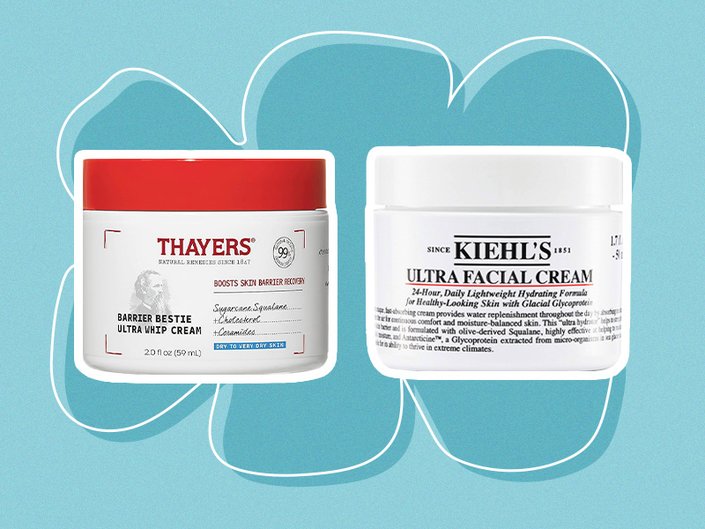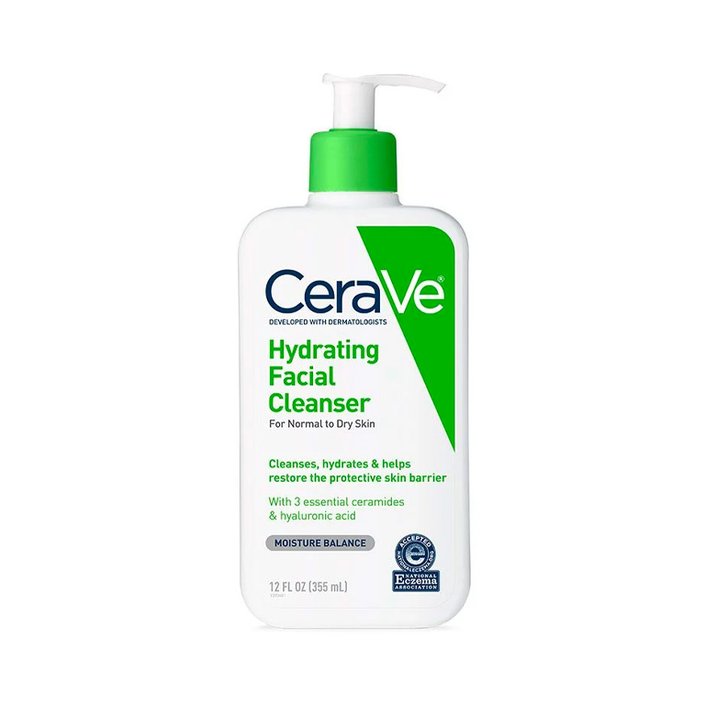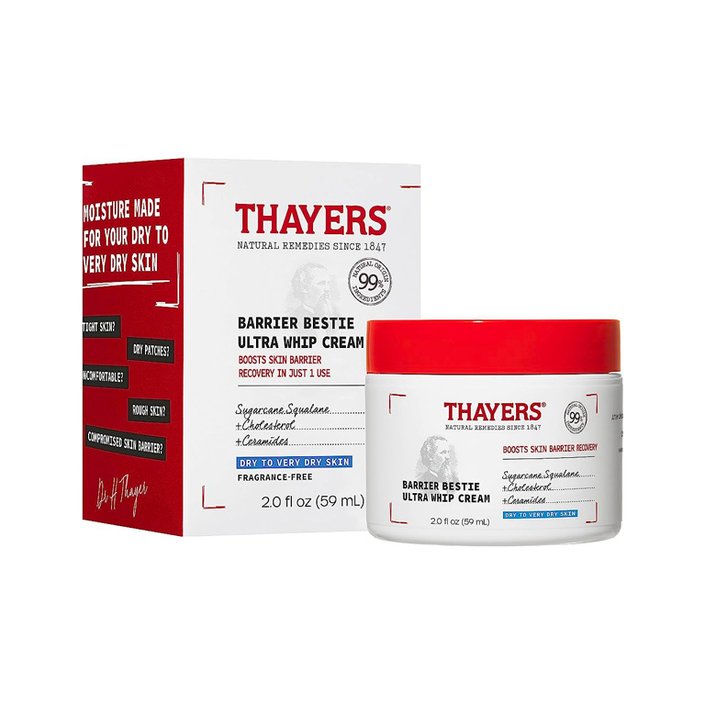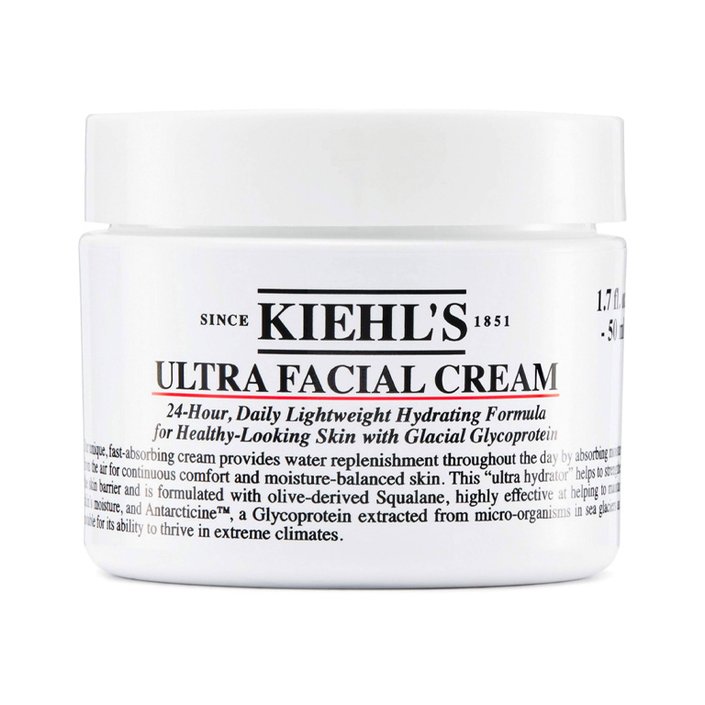The Skincare Benefits of Humectants — Plus, How to Use Them in the Winter
October 03, 2023
How Humectants Work
“By applying a humectant to the dehydrated outermost layer of skin, the stratum corneum, we can pull water from the environment and the deeper skin layers, and then redirect it to the stratum corneum where we want it,” says Dr. Murphy-Rose.
One of the most common humectants is hyaluronic acid, which is one of Dr. Murphy-Rose’s favorite skincare ingredients. Other humectants often found in skincare products include glycerin, propylene glycol and vitamin B5 or panthenol. Aloe vera, honey and lactic acid all have humectant properties as well.
How to Get the Most Out of Humectants in the Winter
Even when your skin and the environment are dry, humectants will still work. They may just need a little help to give you the best results.
“It’s important to keep your body well-hydrated by drinking adequate fluids, especially in drier climates,” says Dr. Murphy-Rose. “Another good tip for using a humectant in the winter is to apply it in the bathroom right after showering when there is still a good amount of moisture and steam present.”
No matter the season, she says that a moisturizing product that contains a combination of humectants, occlusives and emollients will be most effective. Together, these ingredients can help to replenish moisture, seal it in and soften your skin.
Our Favorite Skincare Products With Humectants
CeraVe Hydrating Facial Cleanser
If you have dry skin, you may want to incorporate a hydrating cleanser into your skincare routine. We love this one from CeraVe, which is formulated with hyaluronic acid (a humectant) and ceramides to help lock in moisture. It effectively rids the skin of dirt, makeup, oil and debris without leaving your skin feeling stripped or dry.

Thayers Barrier Bestie Ultra Whip Face Cream
With ceramides, hyaluronic acid and squalane, the Thayers Barrier Bestie Ultra Whip Face Cream helps boost skin barrier recovery and delivers up to 72 hours of hydration. It also has a soothing rich texture that doesn’t feel greasy or heavy on the skin.

Kiehl’s Ultra Facial Cream
The Kiehl’s Ultra Facial Cream is a best seller for a reason. It feels lightweight and refreshing upon application while effectively providing 24 hours of hydration and helping to restore your skin’s moisture barrier. Bonus: It’s suitable for all skin types, including sensitive, and has a Seal of Acceptance from the National Eczema Association.





























